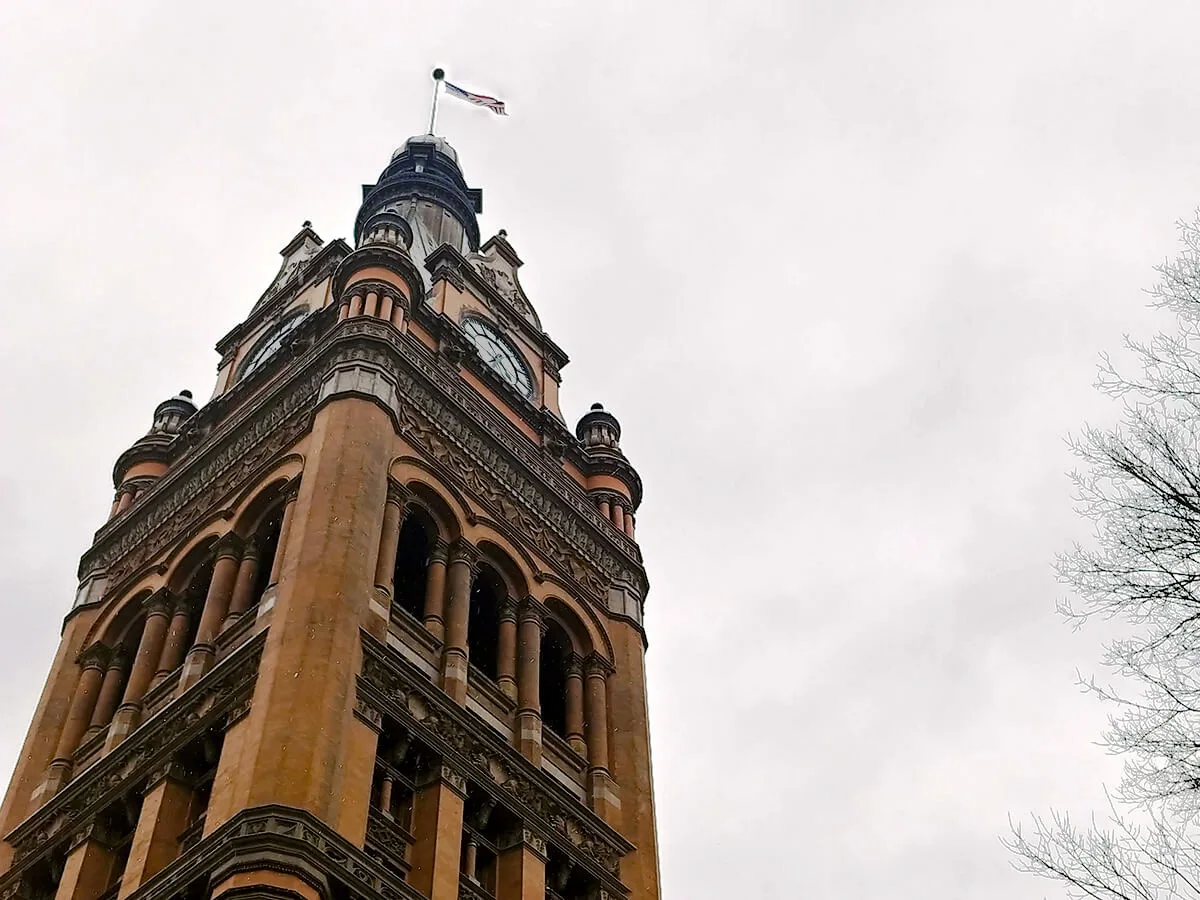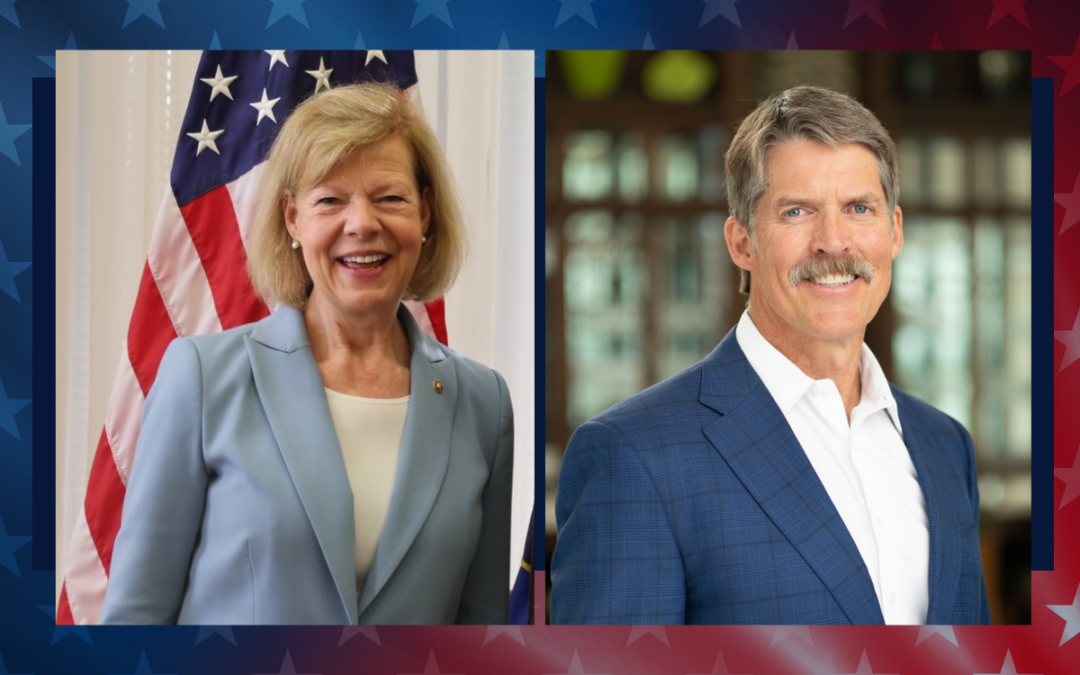
#image_title
#image_title
City puts lead abatement, affordable housing, and workforce readiness at the forefront of pandemic recovery efforts.
[Editor’s Note: This story is part of a continuing series on the various ways local governments are using pandemic relief funds and making decisions about their post-pandemic economy. Click HERE for our first report and HERE for our second. This installment focuses on the city of Milwaukee.]
Milwaukee officials will use almost $44 million of the city’s pandemic relief funding on workforce development and housing initiatives, Mayor Tom Barrett announced this week.
About $14 million will go toward promoting job readiness and employment opportunities, while $30 million will be put into housing. Together, the two initiatives will use just over a tenth of the city’s $394 million cut of the American Rescue Plan Act (ARPA), which is delivering $2 billion in relief to local governments in Wisconsin and another $2.5 billion to the state government.
“Workforce development and job readiness are two key challenges that we face here in the city of Milwaukee, particularly coming out of the pandemic,” Barrett said.
About $4 million will bolster summer youth employment, with a goal of employing 1,500 young workers. Employ Milwaukee CEO Chytania Brown, who joined Barrett in announcing the workforce initiatives, said there are already a number of young people working at community agencies and employers within the city and county.
Another $6 million will be invested in job training for lead abatement certifications, with lead pipes and lead paint being a large environmental and public health issue within the city.
“The lead abatement issue is going to require basically a two-step process: One is to make sure that we have the workers and the businesses to do the work—that’s what this portion of the spending will do—and then second, to make sure that we get those lead abatement inspectors and others into the home, but we can’t do that until we have a large enough pool to do that,” Barrett said.
RELATED: How Local Wisconsin Officials Are Using American Rescue Plan Money
Finally, $2.7 million will be allocated into clean energy jobs, and $3 million will help 18- and 19-year-olds in skillful transition projects to help find work experience and translatable job skills.
Barrett hopes that these programs will prepare and connect Milwaukee residents to long-term careers. “The goal of these investments is to connect unemployed and low-wage workers with family-supporting jobs and career opportunities,” he said. “We know that too many residents of Milwaukee are not connected to jobs that pay well or have opportunities for advancement.”
The $30 million housing allocation aims to address potential displacement of Milwaukee residents due to the economic effects of COVID-19 by increasing housing and homeownership programs.
Half of this investment will be put toward the Westlawn Choice Neighborhood Initiative Project to help fund over 300 units of housing.
To help homeowners bring their property up to code, $3 million will expand the Compliance Loan Program. The city will also invest over $4 million in affordable and sustainable housing, including three low-income housing projects, homebuyer and foreclosure counseling, and expediting 2,000 housing vouchers for families that need them. Another $5 million will fund a Climate, Energy, & Equity Upgrade program that helps households with high energy costs.
The city will also allocate $1.8 million for an eviction prevention program that aims to reduce unscrupulous landlord practices and reduce unnecessary evictions, and $1.2 million to the Rental Housing Resource Center to sustain and expand its work.
“With the ARPA funds, we have an unprecedented opportunity to make substantial investments that can positively impact residents in Milwaukee. One of my priorities is safe, affordable housing options for people here,” Barrett said. “By prioritizing housing investments in the city’s most economically challenged neighborhoods, we are addressing an important need that disproportionately affects low-income neighborhoods.”
Last August, Barrett implemented a citywide policy to explicitly integrate and consider racial equity in all of its decision-making, and he said these ARPA investments were not exempt from those considerations.
“Historic inequities within our community have only been exacerbated during the pandemic, and therefore we need to think differently about this recovery,” Brown, the Employ Milwaukee CEO, said. This recovery must be equitable with a vision that ensures systematic transformation. It fosters community revitalization, and it provides individuals from all backgrounds with career and educational opportunities as well as the supports that they need to succeed.”
Milwaukee received half of its $394 million in late May, and the city’s Recovery and Resilience Plan, of which the housing and workforce initiatives are a part, uses less than a quarter of their total payment. The city will receive the second half around May 2022.
Milwaukee’s plans come as other communities are also figuring out how to best use the money they have coming in.
Politics

What’s the difference between Eric Hovde and Sen. Tammy Baldwin on the issues?
The Democratic incumbent will point to specific accomplishments while the Republican challenger will outline general concerns he would address....

Who Is Tammy Baldwin?
Getting to know the contenders for this November’s US Senate election. [Editor’s Note: Part of a series that profiles the candidates and issues in...
Local News

Stop and smell these native Wisconsin flowers this Earth Day
Spring has sprung — and here in Wisconsin, the signs are everywhere! From warmer weather and longer days to birds returning to your backyard trees....

Your guide to the 2024 Blue Ox Music Festival in Eau Claire
Eau Claire and art go hand in hand. The city is home to a multitude of sculptures, murals, and music events — including several annual showcases,...



